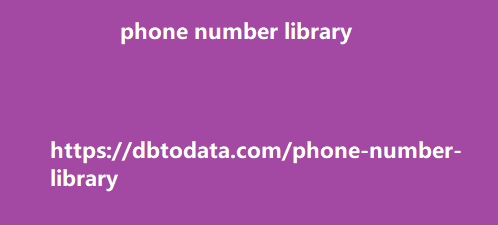Visual results page Lastly, Search is about to get a whole lot more visual. A quick Google search of “puddle pouring ideas” as per Google’s example does not give us an image-filled SERP. Puddle pouring current SERPs Compare this to the Puddle pouring visual SERPs GIF from Google Images, videos, even articles containing photos will be featured on the results, making it easier for users to see what they like. According to their announcement, “This new visual results page is designed for searches that are looking for inspiration, like “Halloween decorating ideas” or “indoor vertical garden ideas,” and you can try it today.
” Testing this from the Philippines, however
shows that this update is still not applied to our SERPs. But when I changed my location to the United States using a VPN, I was able to see similarly visual-filled SERPs like the one above. Identify related topics in videos Next, Google MUM will also identify related topics in videos based on their understanding of the video content, and suggest those topics to users. The topics don’t necessarily need to be mentioned in the videos, but because of MUM, Google will be able to understand information better. For example, if I upload a video on “How To Not Lose Your Values In Business” Google can suggest relevant searches, videos, etc.
that are connected to my video. In their
announcement, they mention that topics don’t necessarily need to be mentioned in the video for them to be suggested; it is Google’s understanding of the video that will generate the suggestions. Google MUM and SEO Now for the million-dollar question: How will this affect SEO? I have discussed previously that this new technology will have a big effect on the SEO industry, especially as we place more and more importance on Semantic Search. According to Google, “Across all these MUM experiences, we look forward to helping people discover more web pages, videos, images and ideas that they may not have come across or otherwise searched for.
” As you have seen in this post, Google’s search
results are about to get even more context-dependent, with a fine-tuned understanding of what the users want and may want to see. Image search is also more fine-tuned and the SERPs are about to get more visual. This may not affect how we do our image SEO, but this development is a good reminder that we are not supposed to leave our images unoptimized if we want them to be visible in the SERPs. Lastly, Google MUM is about to incorporate a new way of suggesting relevant content by identifying related topics in our videos. For the users who create videos, you can opt to create a variety of content that is related to the videos you make and optimize those so that they could show in Google’s suggestions.
Key TakeawayWith brick-and-mortar businesses
moving online and new online businesses belarus phone number library popping up to survive the pandemic, plenty of people are facing the challenge of becoming relevant and discoverable in search results especially as competition is getting tighter and tighter. Businesses that aren’t discoverable will have trouble connecting and building relationships with their customers, and that in turn will result in low to no conversions and no profit. Google Search Central decided to release their e-commerce best practices guide to help developers set up e-commerce websites and ensure that they are compatible with Google. This guide also works for websites that have product listings but don’t necessarily fall under e-commerce such as brick-and-mortar businesses that want to showcase their products online.
E-commerce best practices guide outline To make
navigation easier, Google categorized them in topics each with a brief description. Here are the categories according to Google: Where ecommerce content can appear on Google: Understand the different surfaces where your ecommerce content can appear. Share your product data with Google: Decide which method to use when sharing your product data with Google. Include structured data relevant to ecommerce: Help Google understand and appropriately present your content by providing explicit information about the meaning of your page with structured data. How to launch a new ecommerce website: Learn how to strategically launch a new ecommerce website and understand timing considerations when registering your website with Google.
Designing a URL structure for ecommerce sites:
Avoid issues related to crawling and the height of skill is if URL design that are specific to ecommerce sites. Help Google understand your ecommerce site structure: Design a site navigation structure and link between pages to help Google understand what is most important on your ecommerce site. Pagination, incremental page loading, and their impact on Google Search: Learn common UX patterns for ecommerce sites and understand how UX patterns impact Google’s ability to crawl and index your content. How this can help businesses By making use of this e-commerce best practices guide, developers can create e-commerce websites that are more visible on the SERPs, driving more traffic to their businesses that could potentially translate to higher profit.
According to Google, “When you share your e-
commerce data and site structure with resource data Google, Google can more easily find and parse your content, which allows your content to show up in Google Search and other Google surfaces. This can help shoppers find your site and products.” Here is a snapshot of the first topic: Where ecommerce content can appear on Google As you can see, the first guide provides links and instructions as to what a developer is supposed to do so that their business is visible on the various Google surfaces such as Search, Images, Maps, and others. websites to be more relevant and to entice customers to engage.







